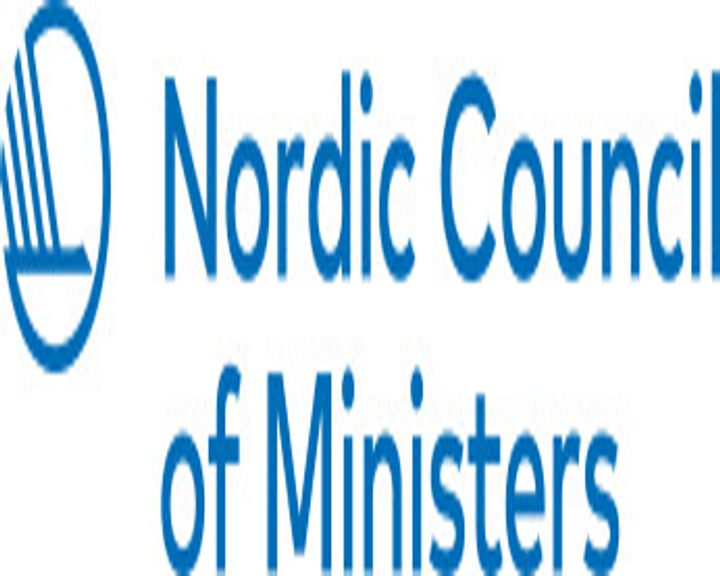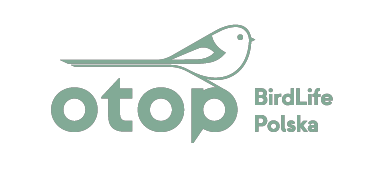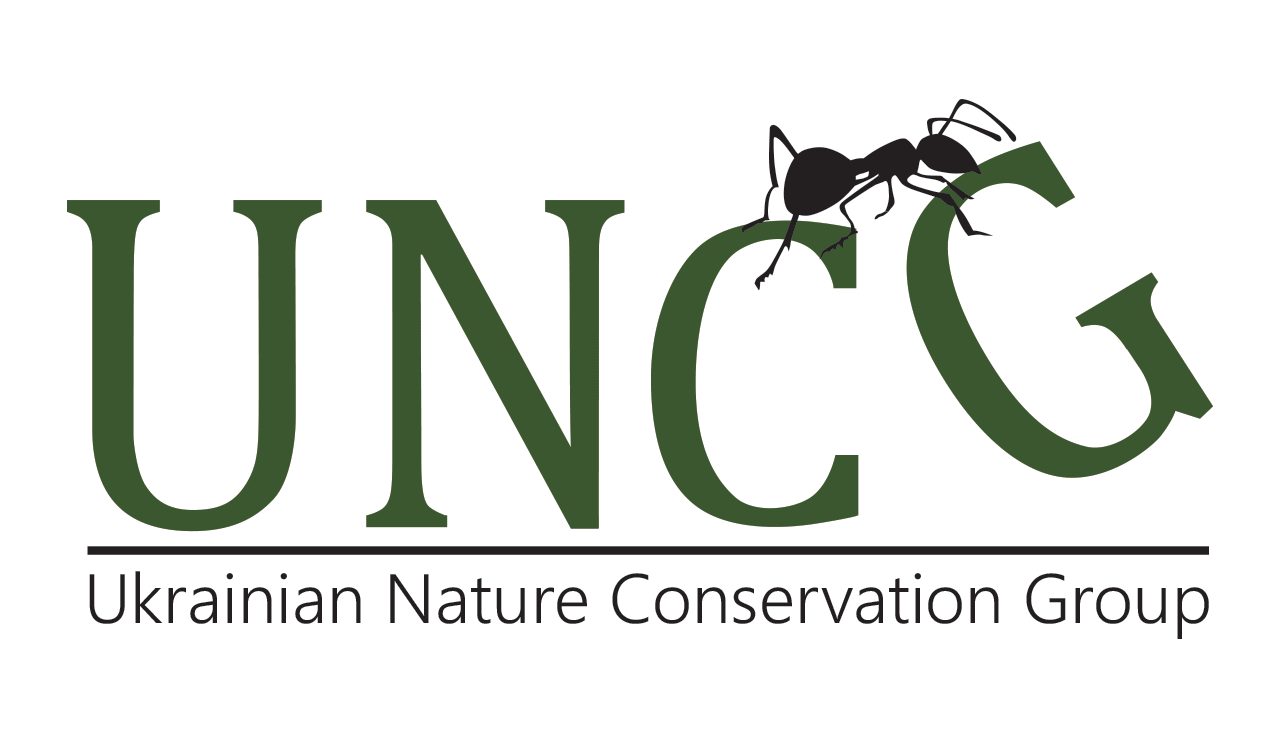
OTOP’s private protected area Krajnik's short description
The OTOP’s private protected area Krajnik, located on the right bank of the Oder River, has been historically used for agriculture. OTOP purchased 20 ha of land here in 2009 to protect the habitat of the Aquatic Warbler. The area is a wet meadow, home to a variety of bird species such as the common snipe, lapwing, and redshank, as well as orchids. OTOP's main conservation efforts focus on maintaining low-intensity management and improving water management to address drainage issues. Monitoring of vegetation and bird populations ensures the effectiveness of these measures.
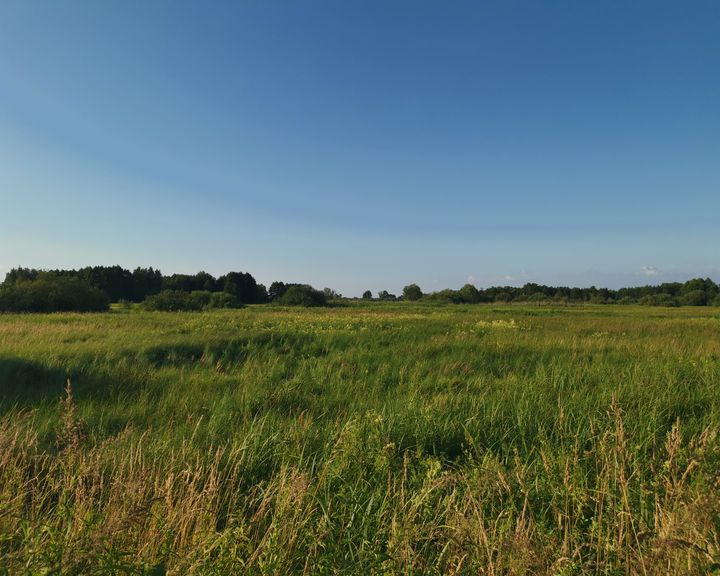
2009

2025
History of the site
The area has long been used ectively for agriculture. Historical data show that up to 150 singing male Aquatic Warblers occupied the area as recently as last century. The presence of this species was the reason for OTOP BirdLife Poland to purchase and protect the site. Thanks to funding from a LIFE project, part of the land in the area was purchased in 2009 and to date OTOP owns 20ha of land.
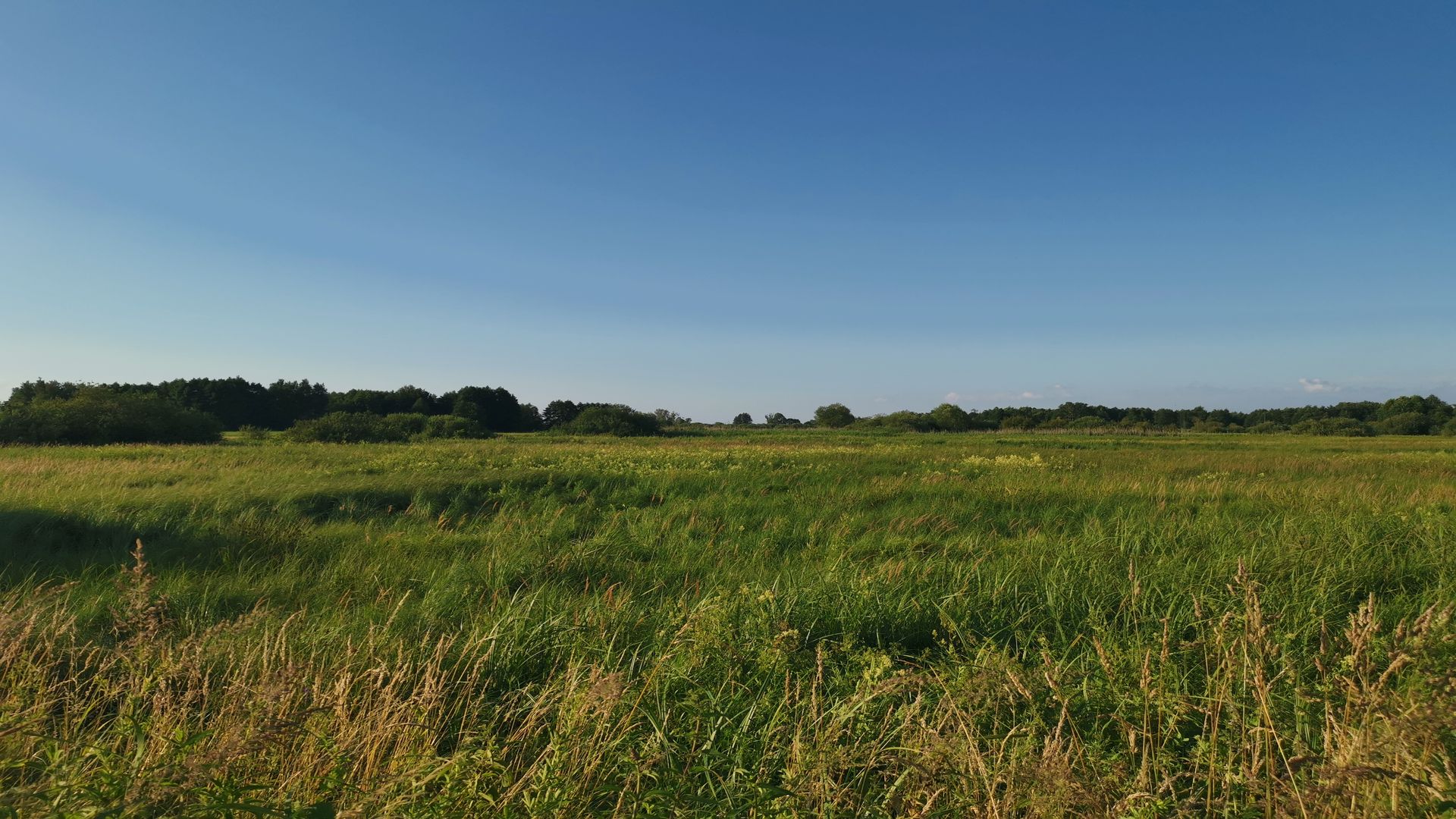
photo credit: Krzysztof Kałużny
Connectivity
Krajnik lies on the right bank of the Oder River. It is located close to the German Lower Oder National Park and borders directly on the neighbouring Lower Oder Valley Landscape Park. In this area Oder splits off into two branches, between which the Międzyodrze interfluve shapes, where the above-mentioned parks are located.

photo by Krzysztof Kałużny
Characteristics
Krajnik is mainly extensively used grassland predominantly by small farmers as well as by the OTOP. The site is drained by means of numerous ditches and a pumping station, which eventually pumps water back into the river. The soil is alluvial, with a layer of peat fragmentarily covering the mineral soil. In some parts of the site there are fluvioglacial sands with vegetation different from the rest of the site, where numerous orchid species are found.
The intensity of land use in the polder is very low. The polder is overgrown with wet meadows dominated by sedges and grasses. Some areas are still mown by local farmers, while others are used as pastures. Many plots are used infrequently or not at all.

photo by Krzysztof Kałużny
Problems and threats
The main problem for Krajnik is water abundance. Monitoring data indicate that bird breeding in the area is significantly worse in dry years. Water coverage of the area is dependent on the operation of a pumping station located in the area. A constant problem is also the conflict of interests between the land owners of the surrounding plots - some of them depend on less water coverage of the area due to the type of land management. There is also a tendency to overgraze extensive meadows and pastures.

The low hydration of the natural habitats in the Krajnik social reserve, which is especially true in dry years, reflects negatively on their conservation status. OTOP is trying to work towards re-wetting these habitats while taking into account the needs of all landowners in the surroundings of the reserve. photo credit: Krzysztof Kałużny
Species
The vegetation structure on the site is the result of long-term traditional, low-intensity management of the habitat. Depending on the area, the proportion of sedges in the vegetation varies from 30 to 70 per cent, whereas the rest is made up of grasses. The area of Krajnik is regularly used by common snipes, lapwings, and redshanks for breeding. There are also small colonies of black terns. Buzzards, corncrakes, mallards, mute swans, cranes, goldeneyes and gadwalls also breed here. Marsh harrier, Montagu's harrier and white-tailed eagle are also present.

photo by Krzysztof Kałużny
Restoration action
The main action is to maintain extensive use of meadows and pastures. Efforts are also being made to enable water management in order to solve the issue of drainage for other types of land management - e.g. through the planned construction of a dam which will make OTOP's land independent of other land users and allow water to be maintained freely on the land.

photo by Krzysztof Kałużny
Monitoring
Most of the conservation activities that we carry out in the reserve are subject to ongoing internal monitoring - above all, we collect data describing the nature of the activities undertaken, their location and their effectiveness. One of the most important types of monitoring is that of vegetation cover and breeding birds. Analyses of the collected data allow us to control and evaluate the effectiveness of our conservation measures.

photo by Krzysztof Kałużny
View
Photos from OTOP's private protected area Krajnik
photos by Krzysztof Kałużny
◀
▶
People
Head of West Pomeranian OTOP’s private protected areas
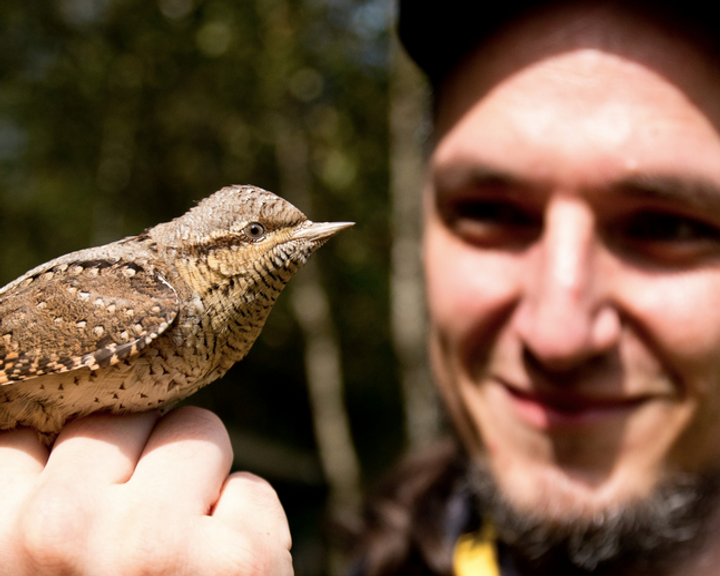
Krzysztof Kałużny
Partners
Nature-based solutions in open wetlands restoration for biodiversity, water quality improvement and climate mitigation // 1.10.2024 – 30.09.2025
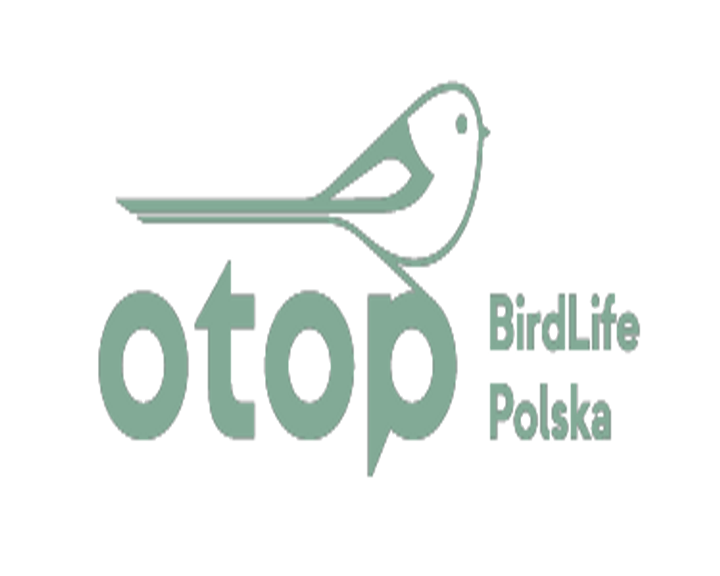
OTOP BirdLife Poland
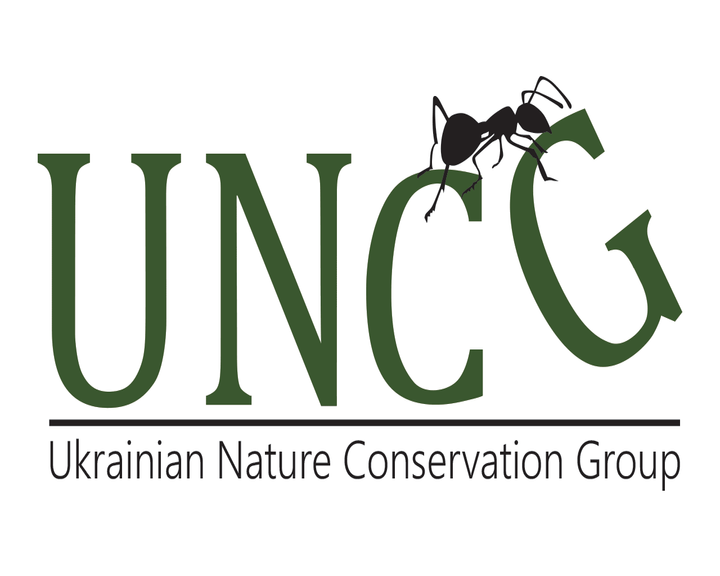
Ukrainian Nature Conservation Group

Snowchange Cooperative
